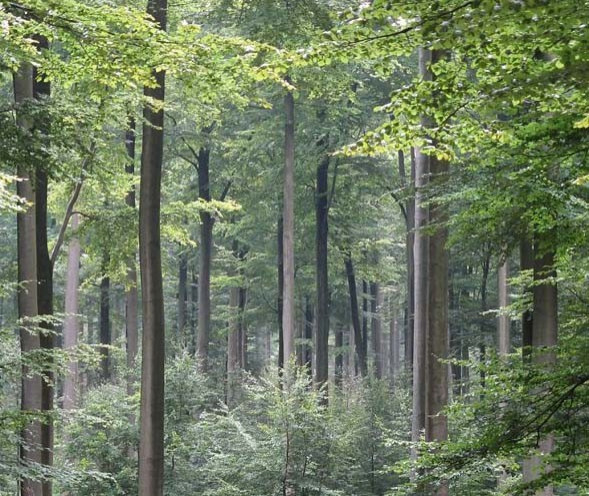Forests Absorb One-Third of Fossil Fuel Emissions: Study

Forests soak up one-third of the greenhouse gas carbon dioxide (CO2) released into the atmosphere each year via burning fossil fuels -- roughly 2.4 billion tons of carbon dioxide, a benchmark study has found, AFP reported.
What's more, if deforestation stopped, established forests and forest regrowth could potentially capture one-half -- 50 percent -- of the carbon dioxide emitted from burning fossil fuels.
The study, published in the journal Science, indicates that forests are much better at absorbing and processing carbon dioxide than originally thought, The New York Times reported.
The study's lead author, Yude Pam, a research forester at the Forest Service, says tropical forests alone captured about 1.2 billion tons of carbon dioxide a year, or about 55 percent of the amount carbon dioxide absorbed.
The 17-year study, 1990-2007, also describes how deforestation in the developing word, primarily in Indonesia and Brazil, is releasing about 3 billion tons of carbon into the atmosphere each year; forest re-growth offsets this somewhat, absorbing about 1.6 million tons of carbon annually.
This is the first complete and global evidence of the overwhelming role of forests in removing anthropogenic carbon dioxide, study co-author Josep Canadell, a scientist at CSIRO, Australia's national climate research centre in Canberra, told AFP.
Environmental Analysis: The study in the journal Science shows the remarkable ability of the natural world to correct for human pollution and errors.
Further, imagine how much anthropogenic carbon dioxide from fossil fuels would be removed by forests if deforestation was slowed substantially, and current re-forestation programs expanded?
As globalization era continues, the key for policy makers in the developing world and the developed world is to: 1) find ways to allow for development -- the building of homes, streets, neighborhoods, business centers, infrastructures, etc. -- that results in a net increase in trees and 2) find ways to continually add to forests in long-standing locales -- the reforestation of the metropolitan New York City area - is one example.
Another over-arching principle for policy makers is to continue to implement policies in which humans live and work in harmony with nature -- increased harnessing of the sun's extraordinary power for energy is a classic example -- with the goal of reducing pollution, carbon dioxide, and ecosystem disruption.
© Copyright IBTimes 2024. All rights reserved.





















